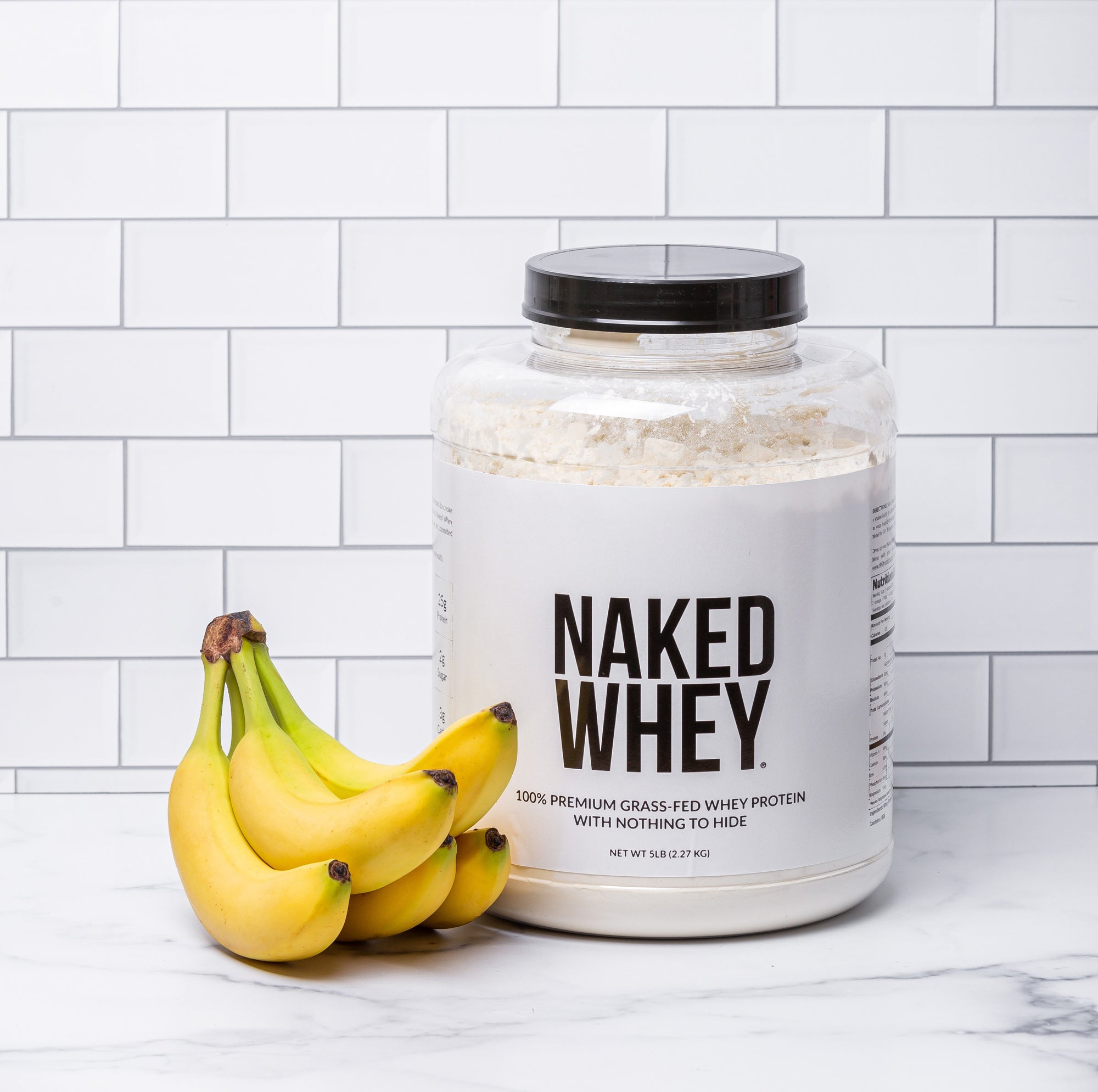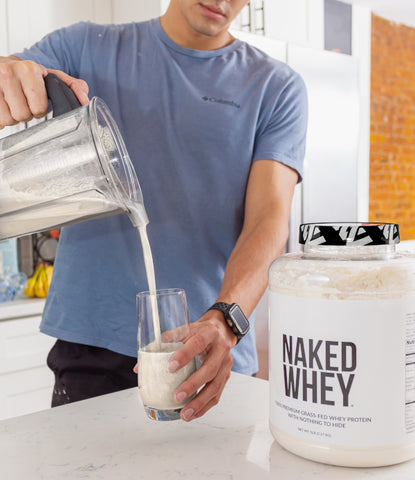Whey protein is, by far, one of the most common supplements out there. The simple powder, available in a wide range of types and flavors, is offered by a huge number of companies and used by ton of athletes and casual exercisers – all hoping to use whey to accomplish their individual goals.
Interestingly, though, many people don't actually know all that much about whey. What, exactly, is it? Where does it come from? How is it made?
Most importantly: why does it matter? Understanding how whey is produced can help you to sort through a lot of the myths and misconceptions surrounding this highly beneficial supplement.
A deeper understanding could also help you make better decisions when it comes to which whey protein you decide to use in your own routine.
Where It All Begins
Historically speaking, whey is actually a byproduct of the cheese-making process. First, some sort of curdling agent, like heat or acid, is added to milk. This causes the solid portion of the milk – the curds - to float to the top. And yes, milk does have solids in it. But, in your average milk, these solids are dissolved in the liquid portion.
After the separation is complete, the curds are skimmed off the top and taken away to become cheese. The leftover liquid is what we call whey. For a long time, whey was sort of a waste product to cheese-makers. Some resourceful individuals found uses for it, such as other forms of cheese, animal food or even fertilizer but – for the most part – it was sort of a burden.
Granted, the nutritional value of whey has long been understood but, in its liquid form it's neither convenient nor appetizing. Sitting in the pot, liquid whey is usually a sickly pale off-white with a slightly bitter taste. Nobody wants that.
Eventually, though, it was discovered that whey could be dehydrated and powdered. We also learned that properly handled whey didn't have to have that unappealing bitter flavor. At this stage in its life, this whey would be called a “concentrate.” Products made from this are high in complete proteins and loaded with other highly beneficial nutrients. But not all manufacturers stop here.
Further Along
Whey concentrate, along it is rich in protein, also contains a fair amount of fat and sugar (in the form of lactose).
In an effort to make their protein more... protein rich, some companies will subject their whey to even more processing. This removes the fat and sugars, leaving a product that contains a higher percentage of protein by volume but is also lacking many other nutrients that naturally occur in whey. On the label, these forms of whey protein are called “isolates.”
Occasionally, things progress even beyond this point. Some companies will use enzymes to partially digest the protein, in an effort to make it easier to digest. Which is an interesting move, considering that whey protein concentrate is already absorbed at an impressive rate by your body. These products, called hydrolysates, are generally much more expensive thanks to the additional work that went into their processing.














